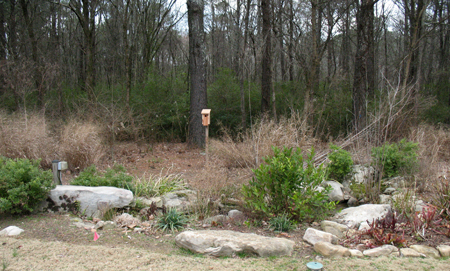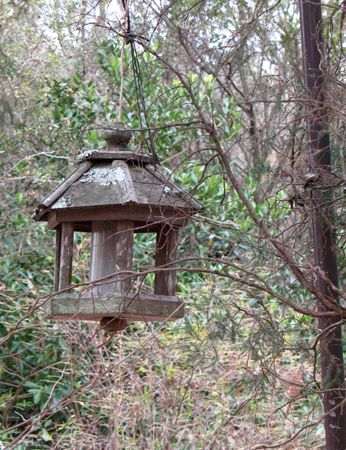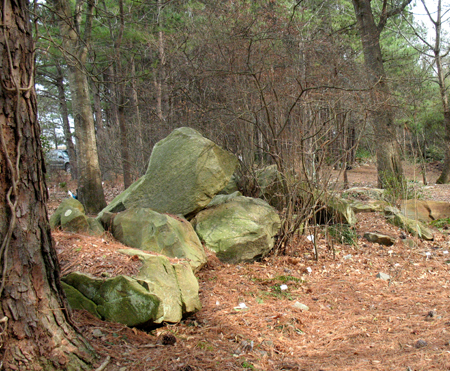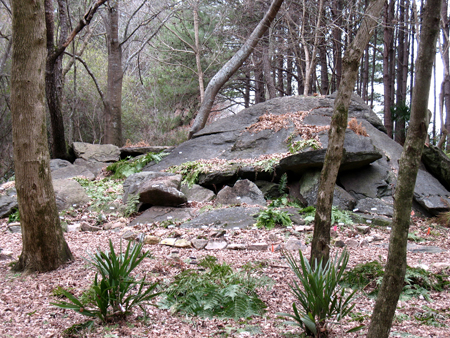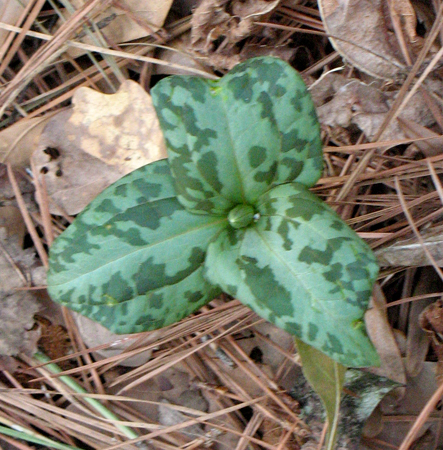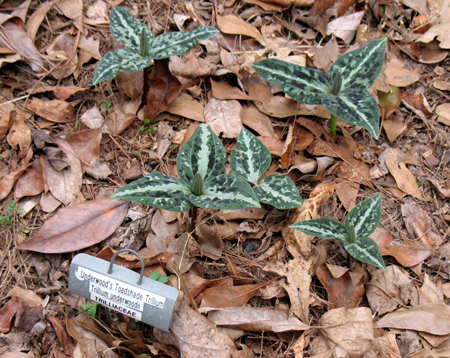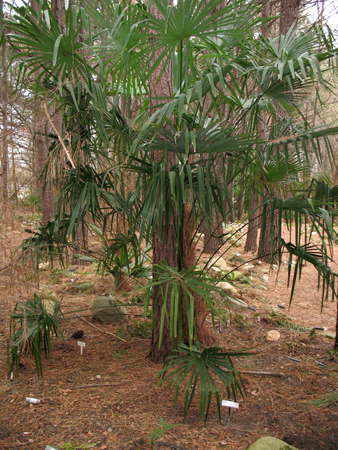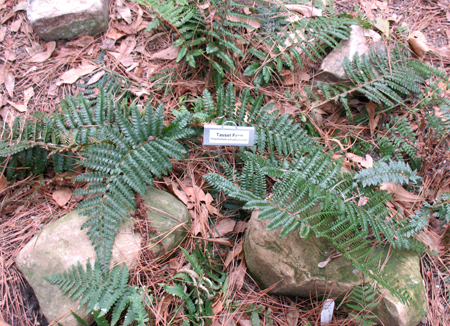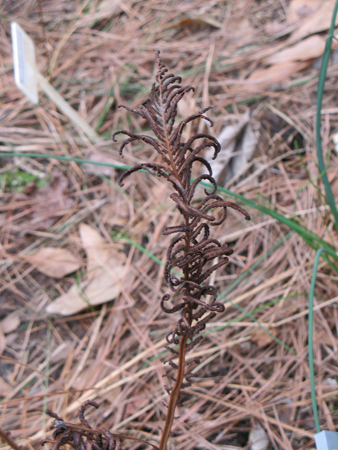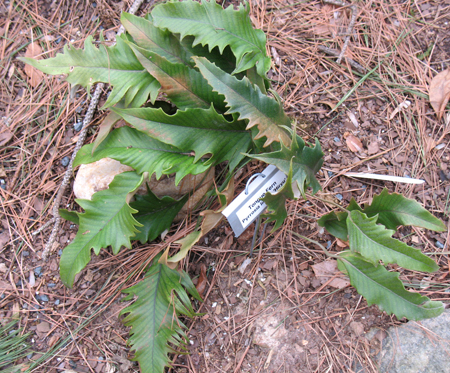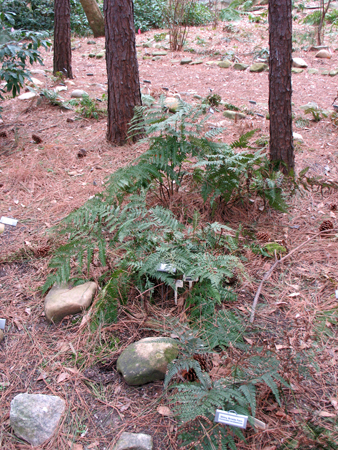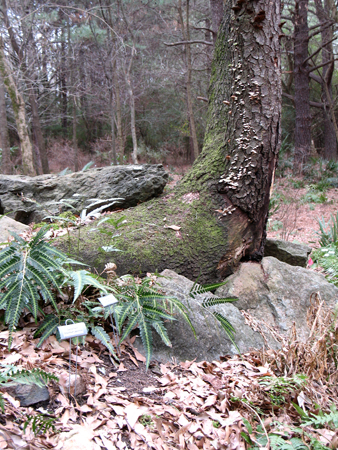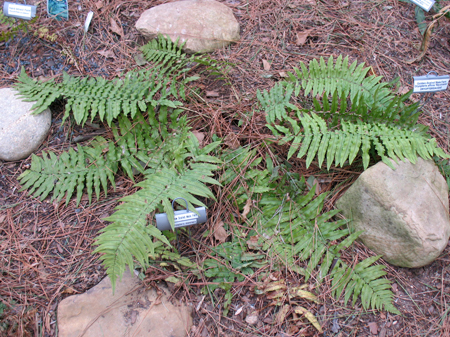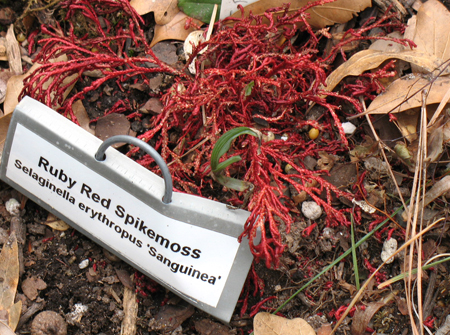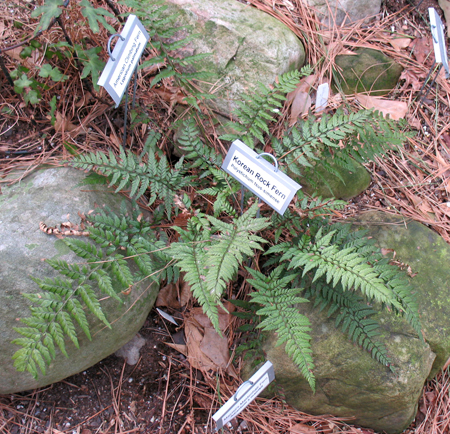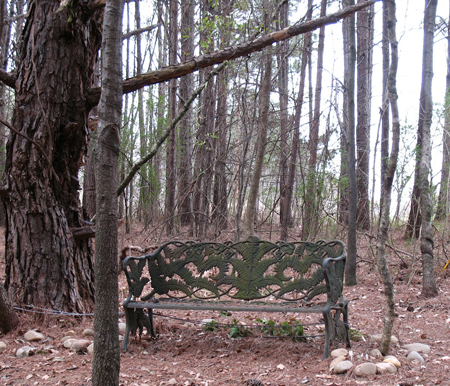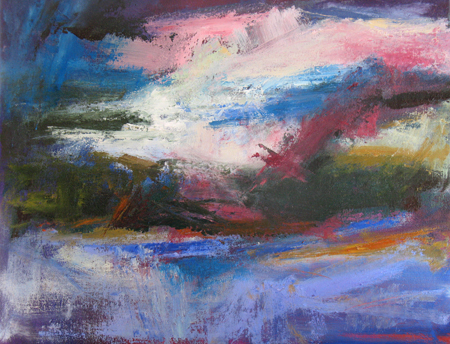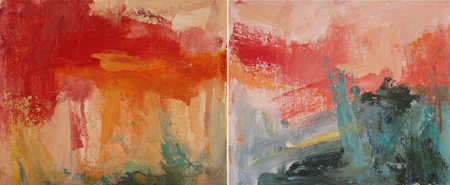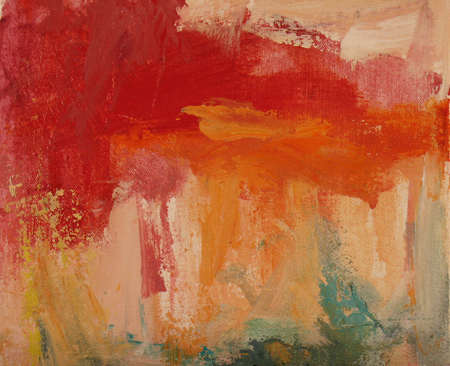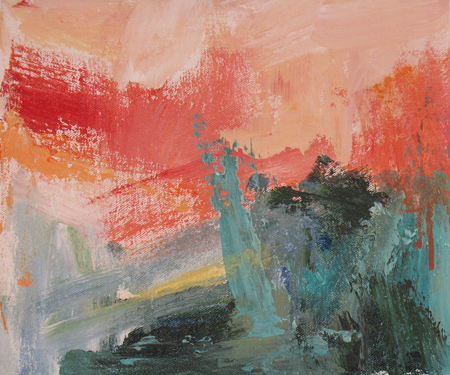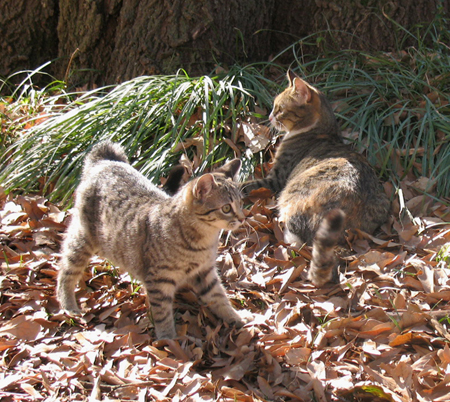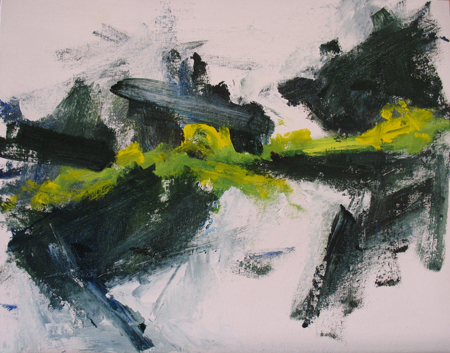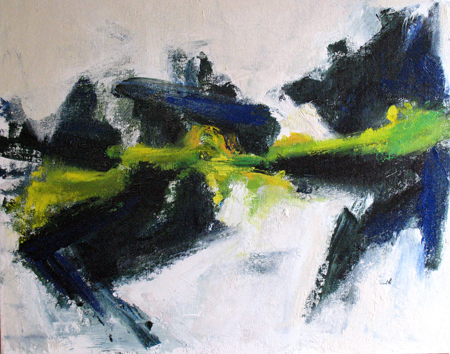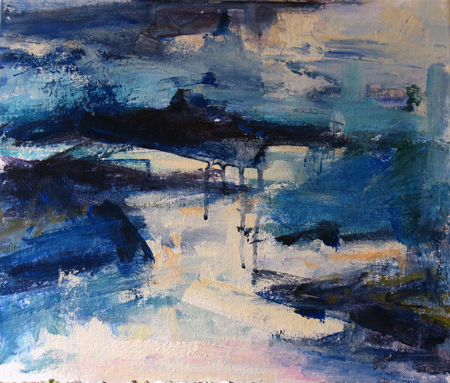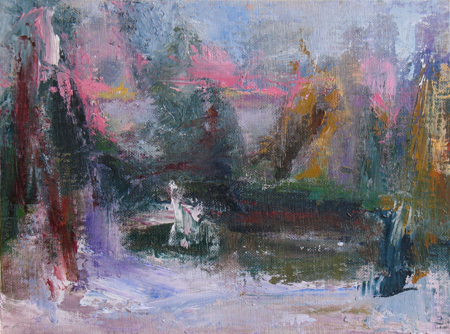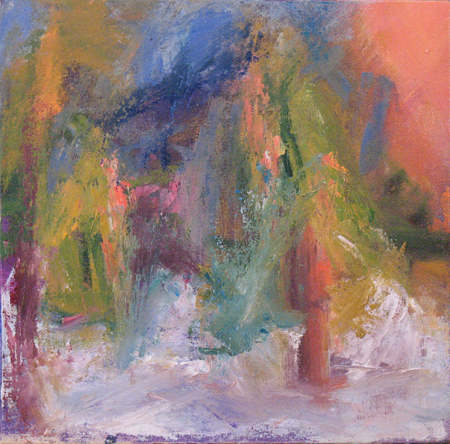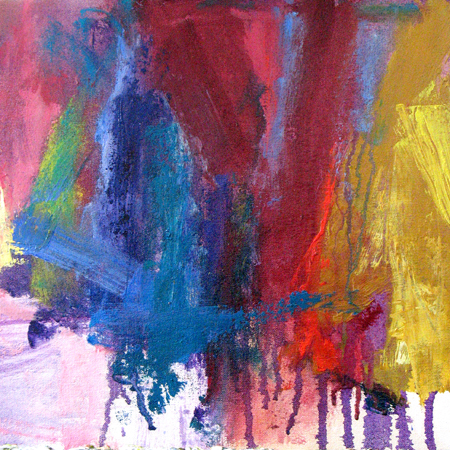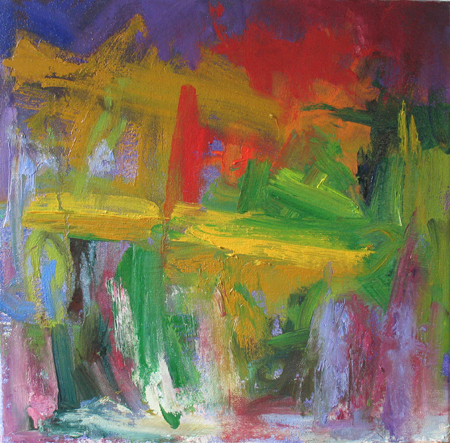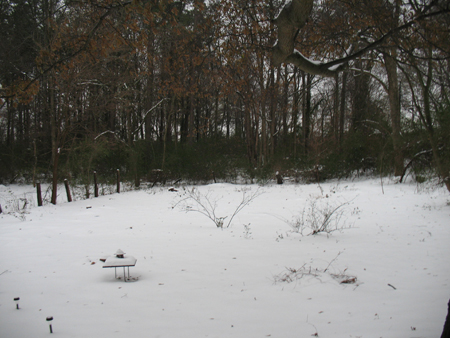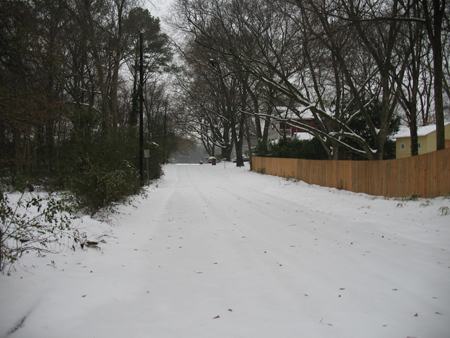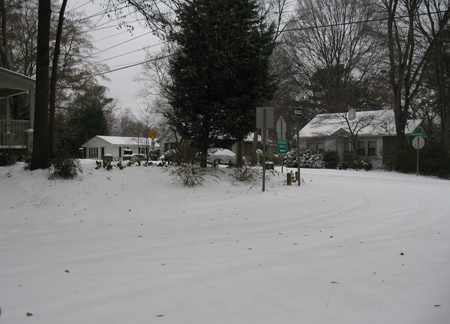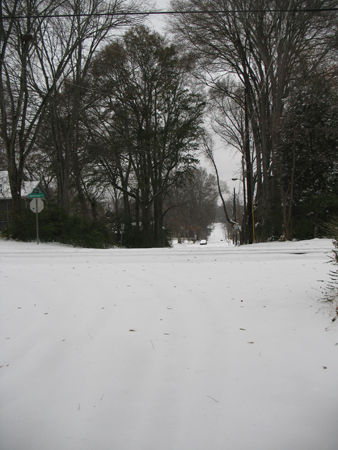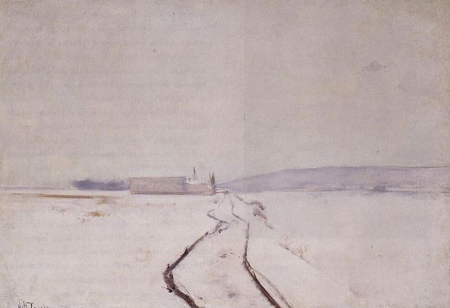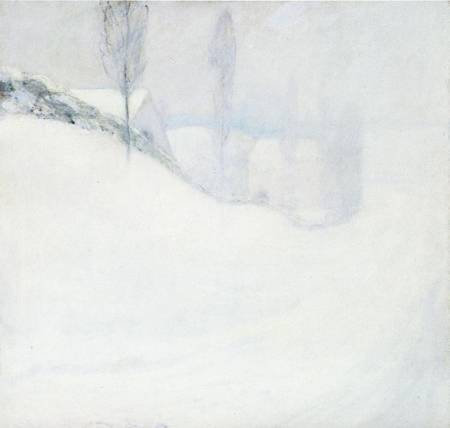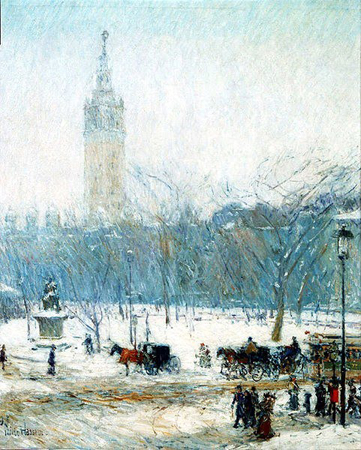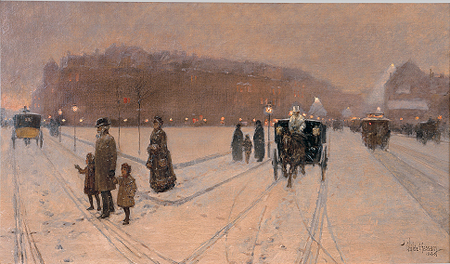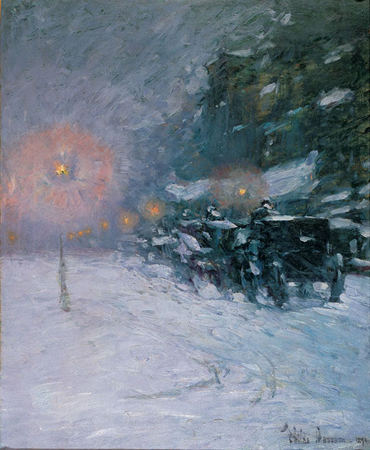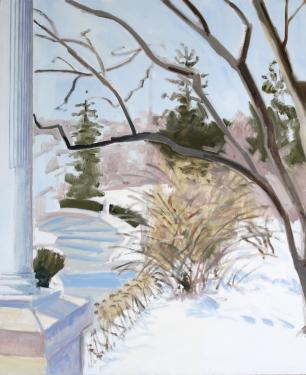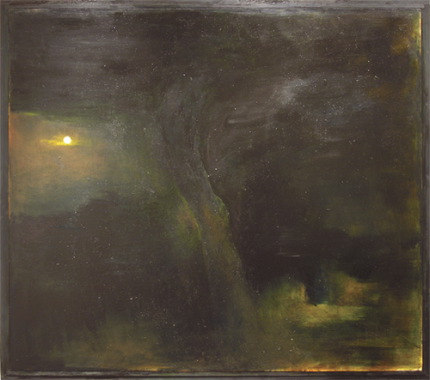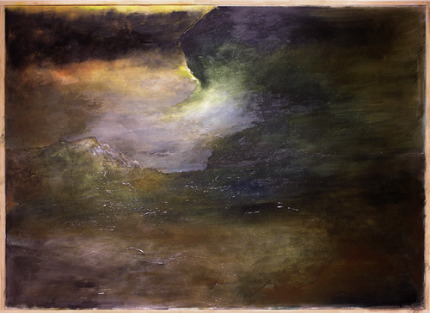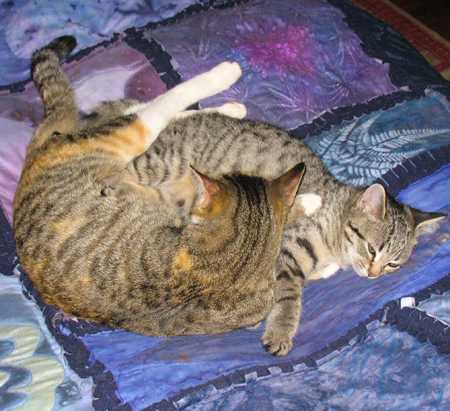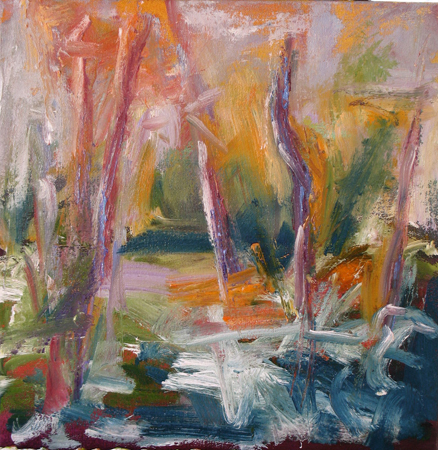This is a reposting from Sharon Butler’s ‘Two Coats of Paint’ blog, which I’ve followed since the advent of my own blog a few years ago. The artist Joy Garnett compiled the notes after a recent panel discussion for educators took place at the College Art Association in Chicago.
Hallwalls, founded in Buffalo, NY in 1974 as an alternative space for emerging artists, was mentioned in the post as being ‘socially engaged’ at its outset. Alan Sondheim, an early co-director, was also a director at Nexus in Atlanta- now The Atlanta Contemporary Arts Center, during the 1980’s Biennales in which I participated.
I find it interesting that little was said about selling work online, but several of the panelists did advise diversification, as in having work at several galleries and not relying on just one market. The consensus seemed to be that an artist has many hats to wear, creating the work is only one of them.
This conversation will be continued on Sharon’s blog with more posts to come about other CAA panel discussions.
This is the post in full——-
Today’s well attended ARTspace panel, was lively and informative as all get-out. Organized and chaired by artist Sharon Louden, it brought to bear the expertise of a number of New York City’s finest art mavens: the artist and writer Sharon Butler, whose well appointed blog Two Coats of Paint will be familiar to many readers here; artist, former gallery director, curator and current Director of the Elizabeth Foundation for the Arts Studio Program Bill Carroll; artist, curator and current Dean of The New York Academy of Art Peter Drake; and New York dealer, inveterate blogger and author of How to Start and Run a Commercial Art Gallery Ed Winkleman.
[Full disclosure: I am represented by Winkleman Gallery; Sharon Butler, a fellow painter, is the author of one of my favorite art blogs, where she recently wrote a thoughtful review of my last show; Sharon Louden — well, Sharon is every artist’s hero (she’s been mine for quite some time); and Bill Carroll and Peter Drake aren’t exactly chopped liver! Basically, there was no way I was going to miss this panel…]
Here is an encapsulation of the discussion (paraphrased) — I’ve divided it up into several posts:
Sharon Louden: Everyone here on the panel wears a number of different hats; some of them have been through many dips in the economy before. My interest in gathering you together here is to explore how artists themselves have the power to weather these dips, and the kinds of partnerships that might help that process.
Bill Carroll: It is very difficult to make a living as an artist. You need a fallback, as it really is like a lottery. During a downturn, having a gallery may even be irrelevent if they can’t sell your work. Interestingly, more galleries closed during the 90s downturn than in this recent one. Back then, the mid-career artists were hit hardest — that market completely died. One of our artists [at Charles Cowles Gallery] who was a sculptor turned entirely to public commissions and it changed his career in a very positive way. He still makes sculpture, but public commissions have since become an important part of what he does.
Ed Winkleman: I have two collectors who’ve been collecting art for 35 years. When the downturn hit in 2008 they said: we just don’t know the real price of anything right now, and we’re going to hold off buying until we can determine which prices have been inflated. So, one thing artists can do in response to such a situation is to put out a new body of work with lower prices — if you are a painter, you might create a new series of drawings, for example — and get those out and into the market, rather than having to lower the prices of your existing body of work.
Sharon Butler: As an artist I want to remind people — I think many people forget — that artists have a lot of skills. In the last downturn, I decided to go to graduate school. I managed to get a scholarship and a stipend, and I treated it like a residency.
Peter Drake: If you’re in this room you are already proactive — artists and creative people taking control of their lives. I think of Jeffrey Lew and Gordon Matta-Clark and what they did when they established 112 Green Street….
Sharon L: Artists come to me and they ask: how do you get a dealer? But is having a dealer the answer? Is it key? Why is that perceived need there?
Sharon B: Having a dealer is only part of the puzzle of being an artist. Don’t put all your eggs in that basket. Even with gallery representation, you have to do things yourself. The reality is, THERE AREN’T ENOUGH GALLERIES to accommodate all the artists [and, it’s intimated, not enough collectors – not enough demand].
Bill: You are ALWAYS responsible for your own career. A smaller gallery especially cannot be working on your career all the time. Most of the people I now who make a living off their work have several galleries — you need to look for galleries in other cities outside New York City.
Ed: There’s a sense you get, looking at submissions, that many artists think getting a gallery is an end-goal. Also, artists need to think in terms of working with a team — with their gallery. Especially during a downturn.
Bill: Many artists come into a gallery and think they’ve found parents (laughter).
Peter: There are many different “art worlds’… in any case it really is a partnership you enter into with your dealer. You have to adjust to make sure your partnership stays whole. You also have to help them extend their reach. To reciprocate, many dealers will ask their artists to curate shows.
Sharon Louden: Once you’ve done your homework and figured out which galleries are appropriate for your work, how do you get their attention? Is it just about the work?
Ed Winkleman: Yes, it’s just about the work. Believe it or not. The best way to approach a gallery is through one of their artists, or through curators associated with that gallery. But it’s not just about finding the gallery that’s right for you, because the galleries also have to think in terms of balancing their programs.
Bill Carroll: Actually, it wasn’t just about the work. I wanted to know whether younger artists were real go-getters. Also, whether an older artist has a great reputation. And [things that matter]: teamwork, personalities, sharing strategies, collector lists, etc.
Sharon Butler: You need to get the gallery to notice you, not by sending them your work, but by creating a SCENE. By making your voice heard. Any effort you put into building the community will be rewarded. So: rather than trying to bust into someone else’s scene, make your own.
Peter Drake: Put yourself in the galleries’ shoes, behave professionally. Don’t send out “shot-gun†packages. It’s insulting. Do the research.
Sharon L: How do I do all these things? It’s too much! Teaching/working/self-promoting/developing community/working with my dealer: this is all under the umbrella of being an artist.
Sharon B: The key to having an active, creative life is to connect the things you want to do. Find the things you want to do, and do them.
Bill: I’m REALLY social — running a gallery was really about connecting the artists to the world. …Find ways to integrate the various creative things you do — it’s part of the deal.
Ed: Artists today have a HUGE advantage over previous generations because they can do much of these things at home, online, in their pajamas. … Regarding the idea of ‘artistic purity’ — being in your studio all the time — having a conversation about your art, that too is something artists really want, and it requires social skills.
Peter: Diversify what you do creatively. Any time your life changes, it will change your studio practice. You will need to adjust. Think of socially engaged models such as Hallwalls…
Sharon L: I’m going to talk about New York. Is New York City IT? What is your opinion about that?? And if you want a gallery in NY but live out of town, how do you do that? How do NY galleries deal with, or do they work with artists from out of town?
Ed: We work with two artists who actually live in Bishkek, Kyrgyzstan (laughter). The art world is decentralizing more and more. New York is not what it was just a few years ago. Take, for example, the VIP Art Fair — it was entirely online. 139 of some of the world’s major galleries participated. We connected with collectors in Italy and elsewhere. We normally wouldn’t have. In terms of the art marketplace, this change is coming like a tidal wave.
Bill: Okay, but Chelsea has over 300 galleries — where else can you find that? Soho at its height had only ~150 galleries. Artists must connect and make a name for themselves in their own locales and territory. If you do that, ultimately some New York gallery WILL want to show you.
Sharon B: I want to go back to on of Ed’s earlier comments about having a gallery’s artist refer you: you NEED to work with the community around you. Create an exchange, make connections with artist communities in other cities and towns, rather than badger galleries.
Peter: If you’re going to be part of a global community you have to be proactive.
Ed: I’m with Bill on loving NYC — but if you look at some of the larger galleries, they are opening up spaces in other cities. Don’t put all your eggs in one basket.
Sharon Louden: What does “representation†mean these days?
Bill: When the art world was smaller, the relationships were much more personal. There were stipends. Dealers like Betty Parsons were situated somewhere between collectors and dealers [like patrons]. This is long over. As is the idea of a ‘life-long’ relationship.
Sharon L: That goes back to the idea of ‘parents’.
Ed: The stipend was an act of faith… also, there are so many galleries now, and so many of them run on a shoe-string budget. Forty or fifty years ago, this wasn’t the case. We have different models now.
Sharon L: What should the expectations be between artists and dealers?
Ed: That is a conversation you must have before you enter into the relationship. It’s really a case-by-case thing, depending on the artist and what kind of career they have.

